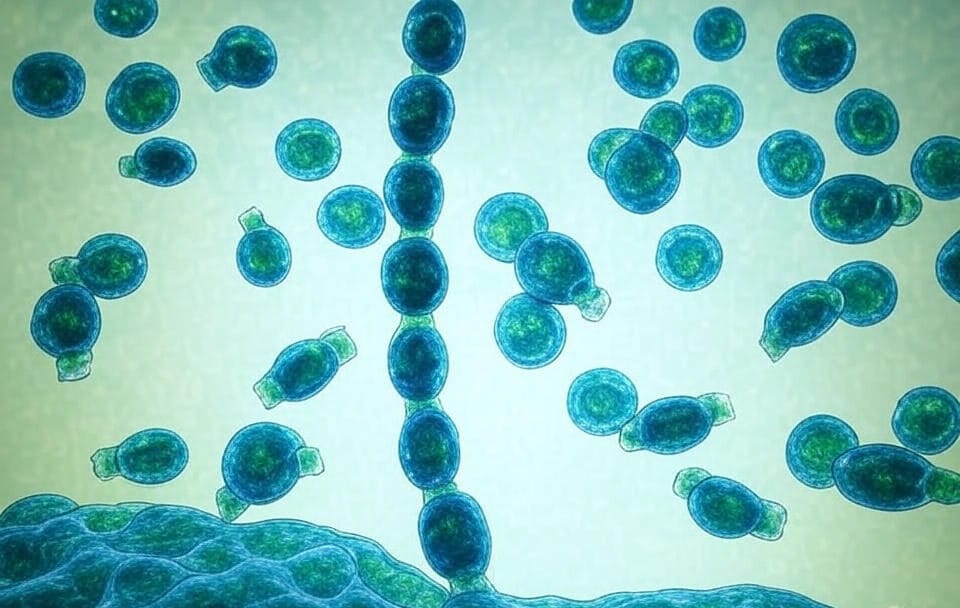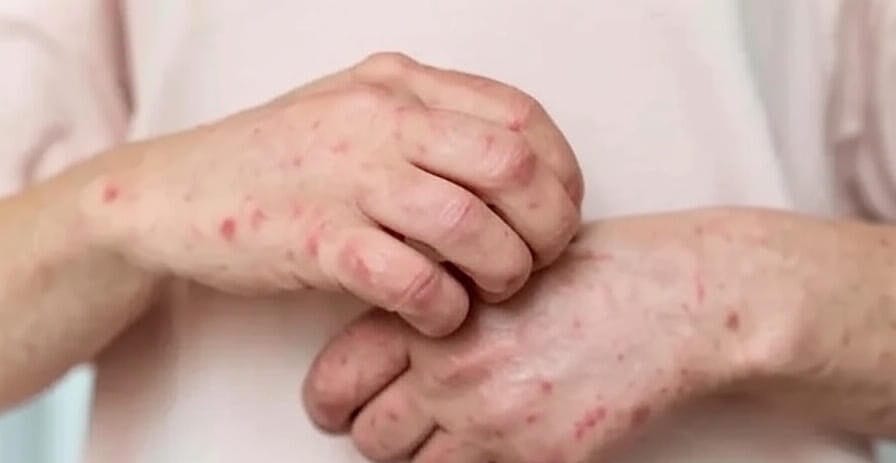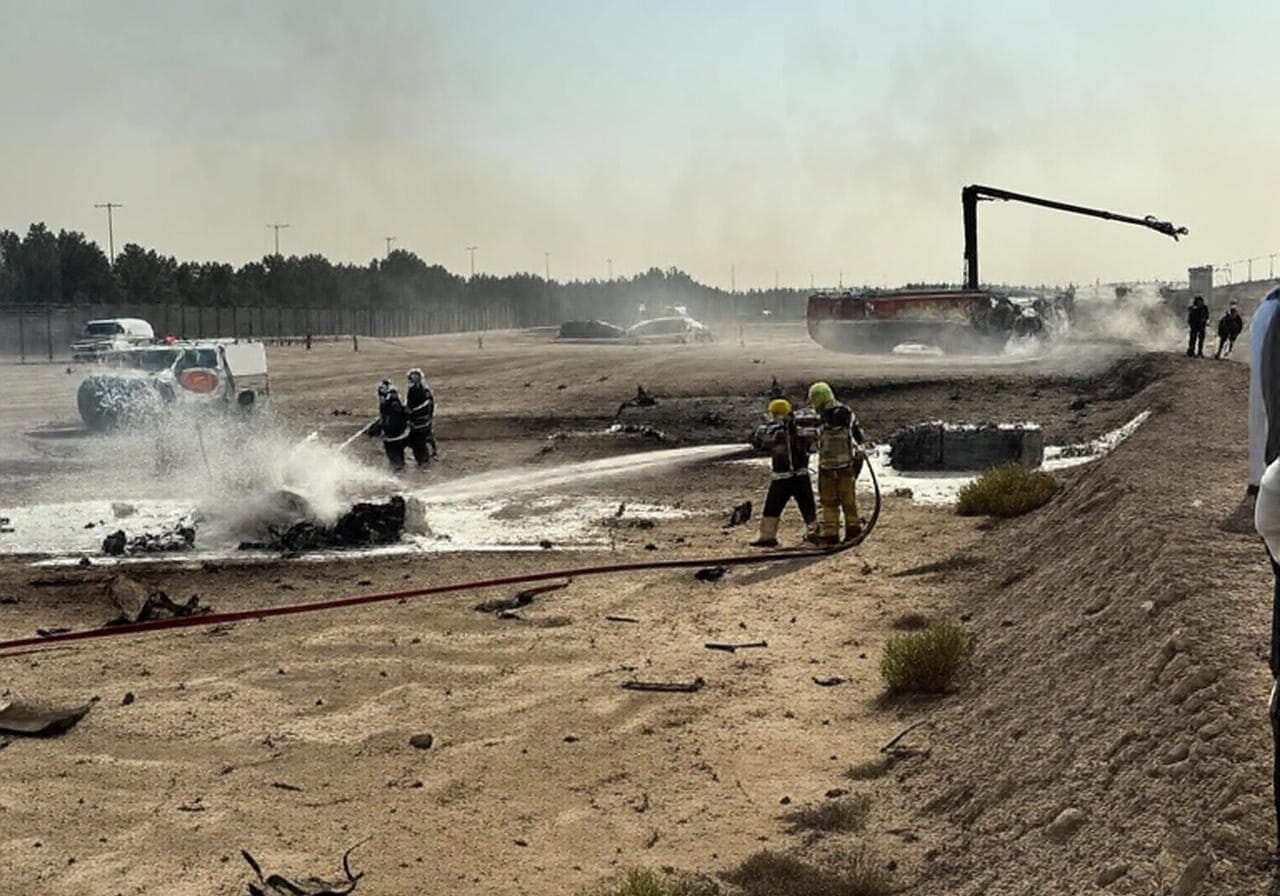
As of 05:45 PM PKT on Thursday, August 21, 2025, California is contending with a trio of pressing health challenges: an unprecedented rise in Valley fever cases, an isolated plague occurrence, and a growing threat of flesh-eating bacteria along its coastlines. These concerns, highlighted by the California Department of Public Health (CDPH), call for immediate awareness and proactive safeguards. The accompanying image of a skin rash underscores the visible signs of these conditions, urging residents to stay vigilant. This article provides an in-depth look at these emerging risks and offers tailored guidance to ensure safety.
Valley Fever
Origins and Manifestations
The California Department of Public Health has recorded 6,761 temporary cases of Valley fever by July 2025, and experts think this number might go beyond the total of 12,595 cases from 2024. This fungal ailment, stemming from Coccidioides spores prevalent in arid soils of the San Joaquin Valley, northern Central Valley, and Central Coast, flourishes amid alternating dry and wet seasons. Kern County reports 1,945 instances, while Monterey County has seen a dramatic 260% upsurge compared to the prior year’s average. Environmental shifts, including prolonged droughts followed by rainfall, propel spore dispersal during windy periods. Initial signs include persistent coughing, elevated temperature, exhaustion, and chest discomfort, often mistaken for common respiratory issues. In critical cases, the condition may advance to lung inflammation or brain membrane infection, necessitating extended antifungal therapy. Vulnerable populations include individuals over 60, those with compromised immunity, expectant mothers, and diabetics.
Protective Actions
- Stay inside when there are strong, dusty winds to reduce your risk of being exposed.
- Utilize N95 masks in regions prone to soil disturbance.
- Undergo blood screenings for timely detection and intervention.
An Unusual Health Incident

Symptoms and Implications
On August 19, 2025, El Dorado County identified a plague case in South Lake Tahoe, likely transmitted through a flea bite during a camping trip. The affected individual is recuperating with medical oversight. Triggered by the Yersinia pestis bacterium, this form of plague manifests as swollen lymph glands, high fever, chills, and fatigue within a week of exposure. Unlike its airborne variant, this instance poses no interpersonal transmission risk. Historically rare, with the last significant U.S.An outbreak happened in Los Angeles between 1924 and 1925, and the disease can be dangerous for people who go outdoors near places where rodents live.
Safeguard Measures
- Steer clear of rodent-infested zones and inspect camping equipment.
- Apply DEET-based repellents in natural settings for protection.
- Consult healthcare providers immediately upon noticing symptoms.
Flesh-Eating Bacteria

Infection Trends and Hazards
Coastal regions, including Florida with 17 cases and five fatalities in 2025, and Louisiana with 20 cases and four deaths, are experiencing a surge in Vibrio vulnificus infections. This aggressive bacterium, thriving in warm, brackish waters, enters the body via open wounds or raw seafood consumption. Early indicators include skin redness, swelling, blister formation, and fever, which can rapidly escalate to tissue destruction or systemic infection. The image illustrates early rash development, a critical warning sign. Those with liver conditions, diabetes, or weakened defenses are particularly susceptible.
Preventive Steps
- Avoid putting seawater on cuts that are not covered to stop bacteria from getting in.
- Ensure shellfish is fully cooked to eliminate pathogens.
- Seek prompt medical evaluation for escalating skin changes.
Ensuring Safety in a Changing Landscape
The escalation of Valley fever, a solitary plague case, and flesh-eating bacteria outbreaks in 2025 reflect the interplay of environmental shifts and human activities in California and coastal areas. The depicted rash serves as a visual cue for early action. Adhering to CDPH and CDC recommendations—avoiding dusty environments, using repellents, and protecting wounds near water—can mitigate risks. Immediate medical consultation for symptoms such as fever, swelling, or persistent cough is essential. Stay informed by sharing this insight, monitoring CDPH and CDC updates, and consulting professionals for personalized strategies.
Sources: California Department of Public Health, Regional News Outlets, Public Health Agencies








Slots are fun, but responsible play is key! Seeing platforms like ArionPlay focus on security with KYC is reassuring. Wondering though, is arionplay legit for quick PHP deposits via GCash & PayMaya? Seems convenient for casual players!